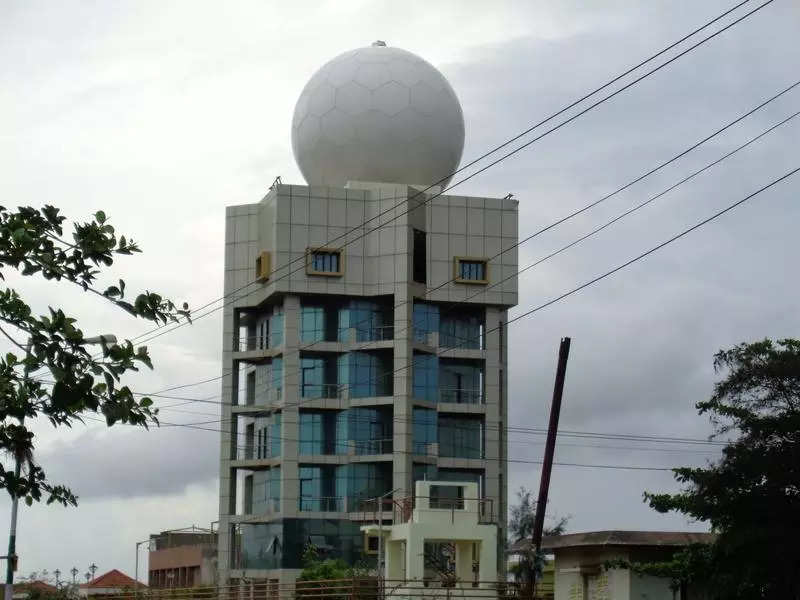Odisha Enhances Early Warning Systems to Combat Cyclone Threats | Bhubaneswar News

Kendrapada: Union minister Jitendra Singh informed Rajya Sabha that Odisha now operates 39 manned observatories, 29 automated weather stations (AWS) and 136 automated rain gauge (ARG) stations.
Responding to a question posed by BJD MP Manas Mangaraj on the measures taken to strengthen early warning systems and disaster response in cyclone-prone districts of the state, the minister of state (independent charge) of the ministry of science and technology and earth sciences, said, “The state has two Doppler weather radars in Paradip and Gopalpur, functional round-the-clock, and six high wind speed recorders (HWSR) covering the coastal belt. Four aerodrome meteorological stations (AMS), one aerodrome meteorological office (AMO), four aviation weather automatic stations and two manned observatories are also functioning.”
The ministry is making continuous efforts to make advancements in cyclone prediction systems to minimise the impact of cyclones in the country, including Odisha. The India Meteorological Department (IMD) demonstrated its capability to provide high-precision early warning for cyclones in recent years, added the minister.
“The IMD expanded its infrastructure for observation, data exchange, monitoring and analysis, forecasting, and warning services using contemporary technology in the country, including Odisha. IMD uses a suite of (surface, upper-air, ocean, space-based) quality observations from satellites, radars, and conventional and automatic weather stations (AWS) to monitor cyclones developing over the Bay of Bengal and the Arabian Sea,” the minister said.
The IMD’s adoption of new technologies and standard operating procedures for forecasting and issuing warnings underscores its commitment to reducing cyclone impacts in Odisha and across the country.
Responding to a question posed by BJD MP Manas Mangaraj on the measures taken to strengthen early warning systems and disaster response in cyclone-prone districts of the state, the minister of state (independent charge) of the ministry of science and technology and earth sciences, said, “The state has two Doppler weather radars in Paradip and Gopalpur, functional round-the-clock, and six high wind speed recorders (HWSR) covering the coastal belt. Four aerodrome meteorological stations (AMS), one aerodrome meteorological office (AMO), four aviation weather automatic stations and two manned observatories are also functioning.”
The ministry is making continuous efforts to make advancements in cyclone prediction systems to minimise the impact of cyclones in the country, including Odisha. The India Meteorological Department (IMD) demonstrated its capability to provide high-precision early warning for cyclones in recent years, added the minister.
“The IMD expanded its infrastructure for observation, data exchange, monitoring and analysis, forecasting, and warning services using contemporary technology in the country, including Odisha. IMD uses a suite of (surface, upper-air, ocean, space-based) quality observations from satellites, radars, and conventional and automatic weather stations (AWS) to monitor cyclones developing over the Bay of Bengal and the Arabian Sea,” the minister said.
The IMD’s adoption of new technologies and standard operating procedures for forecasting and issuing warnings underscores its commitment to reducing cyclone impacts in Odisha and across the country.
















